Samsung Galaxy Book 10.6in review
Samsung's newest 2-in-1 undercuts its rivals on price but not on functionality
An affordable Windows 10 2-in-1 that offers decent screen performance for the price. However, it's held back a inadequate keyboard that makes it difficult to use as a workplace detachable device. More compelling machines are available on the market, at a similarly affordable price point.
-
+
Decent display for the price; Keyboard and stylus included
-
-
Keyboard is difficult to use; Weak specs; Disappointing battery life
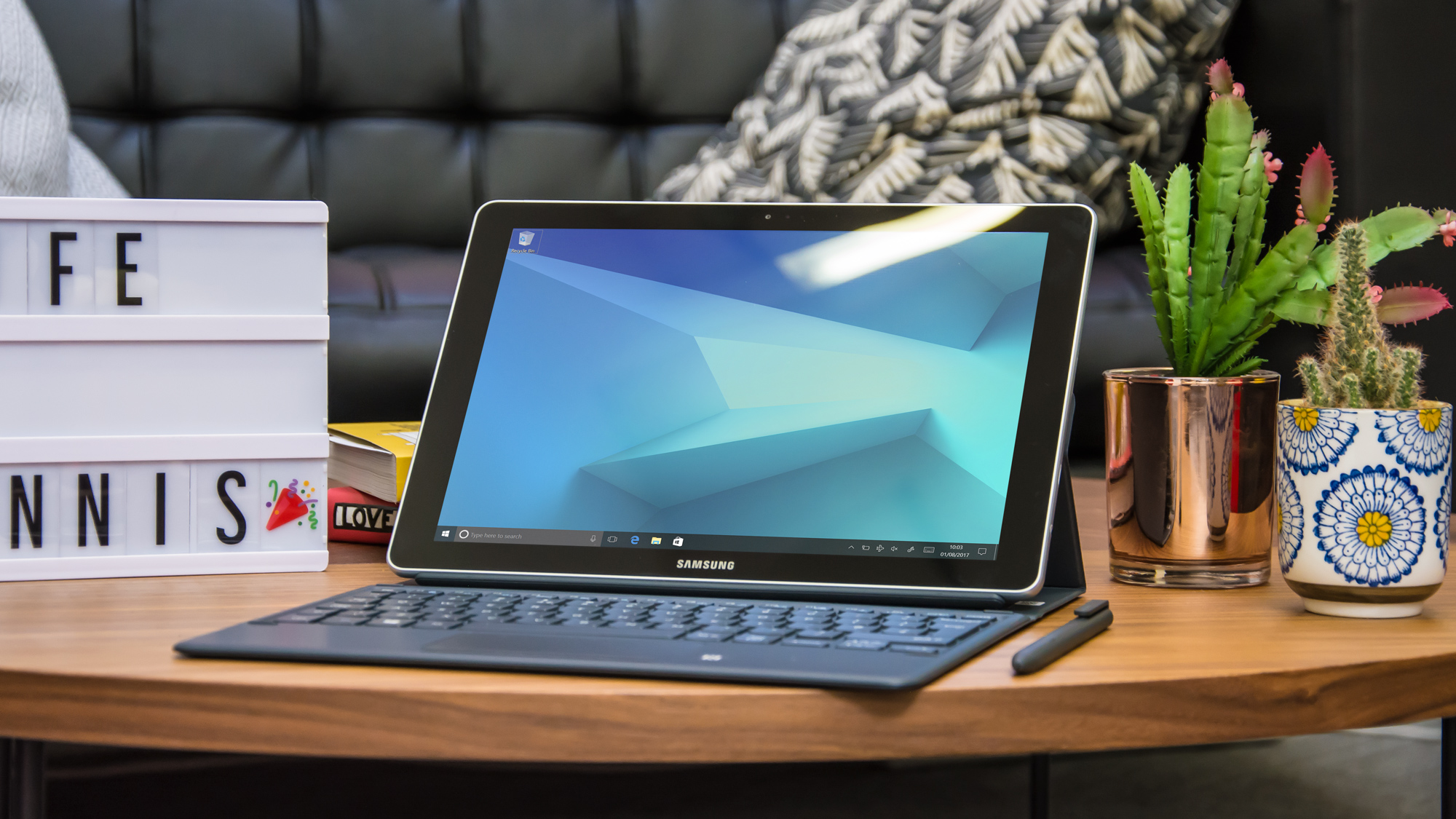
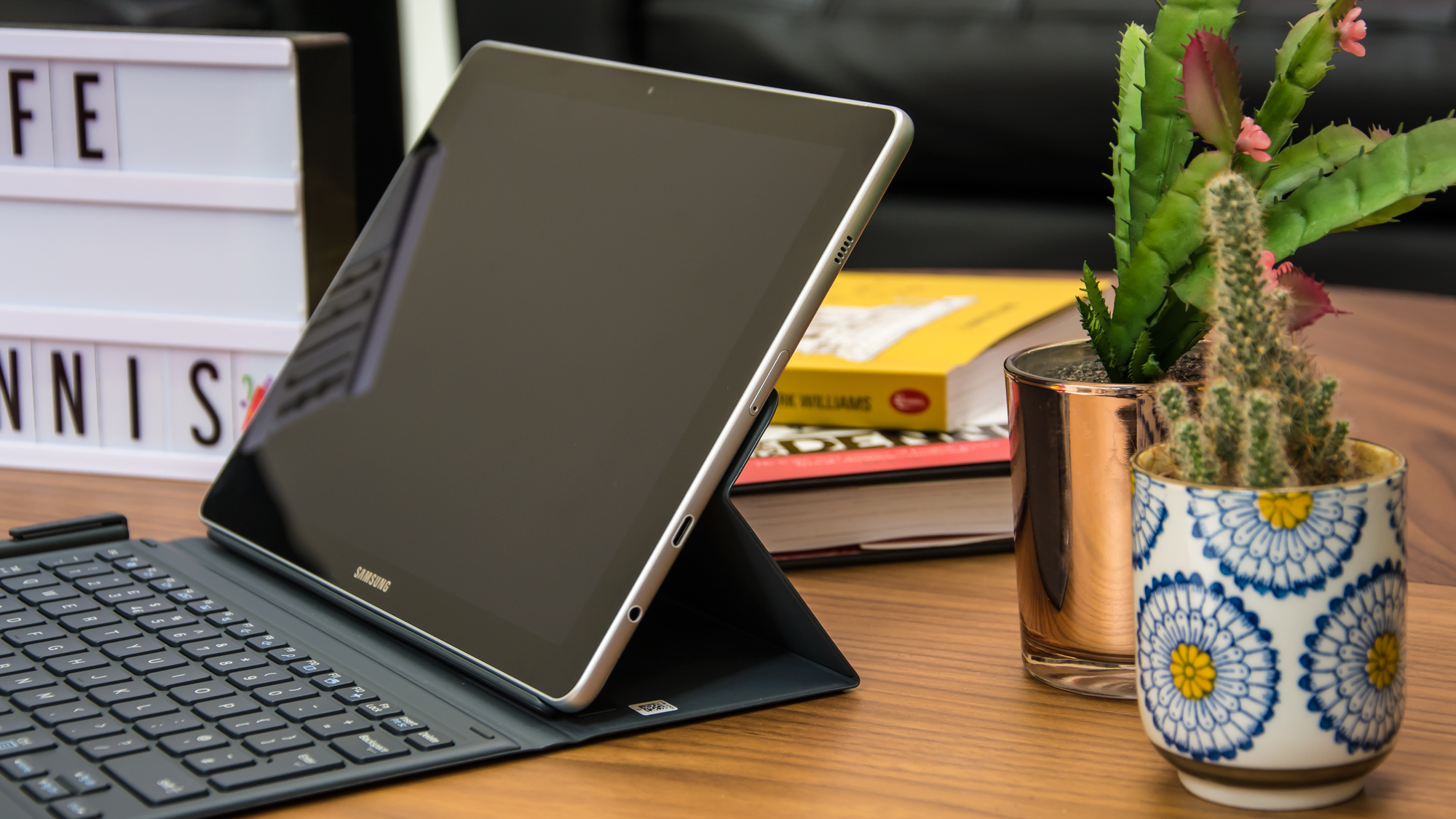
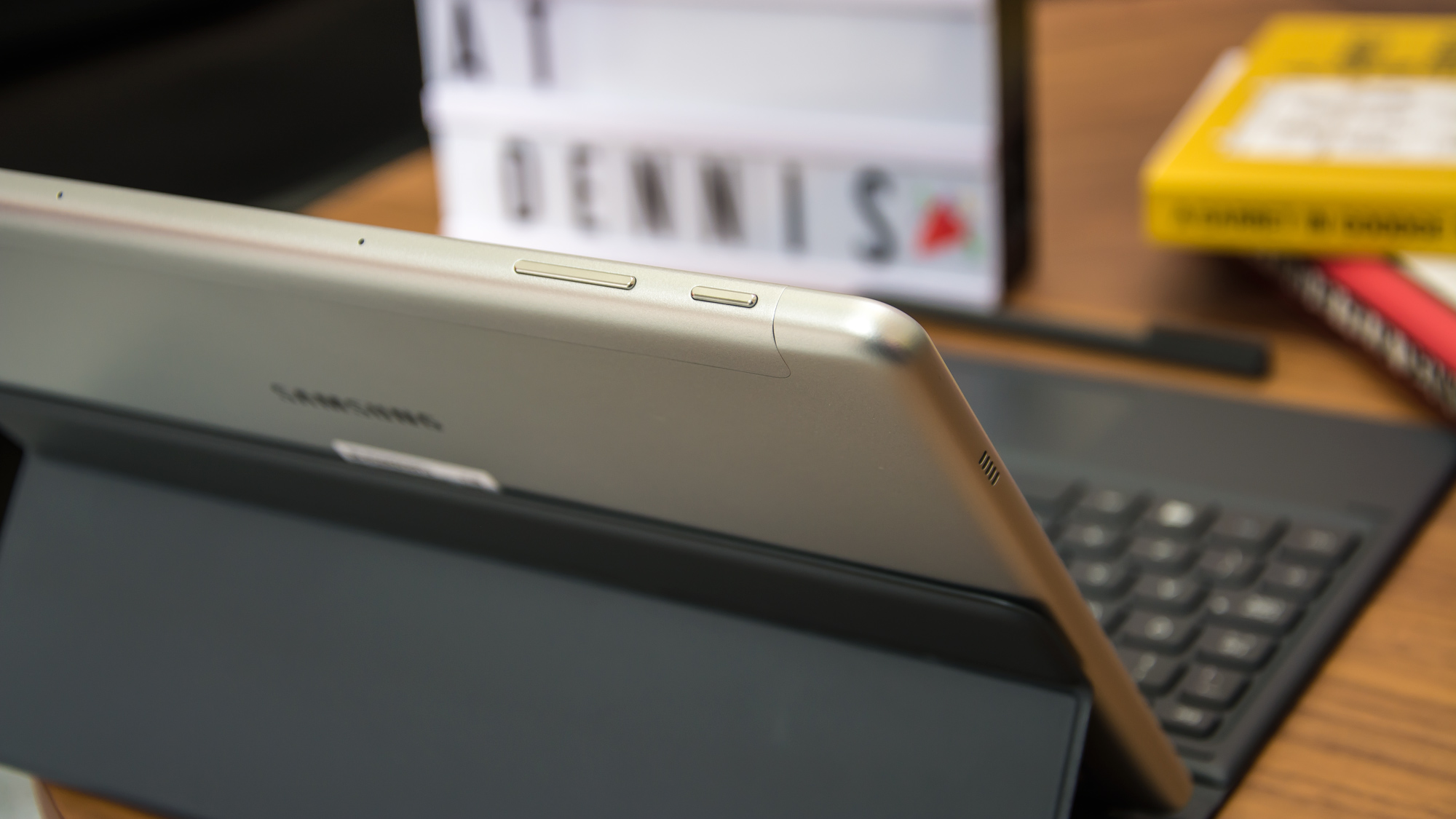
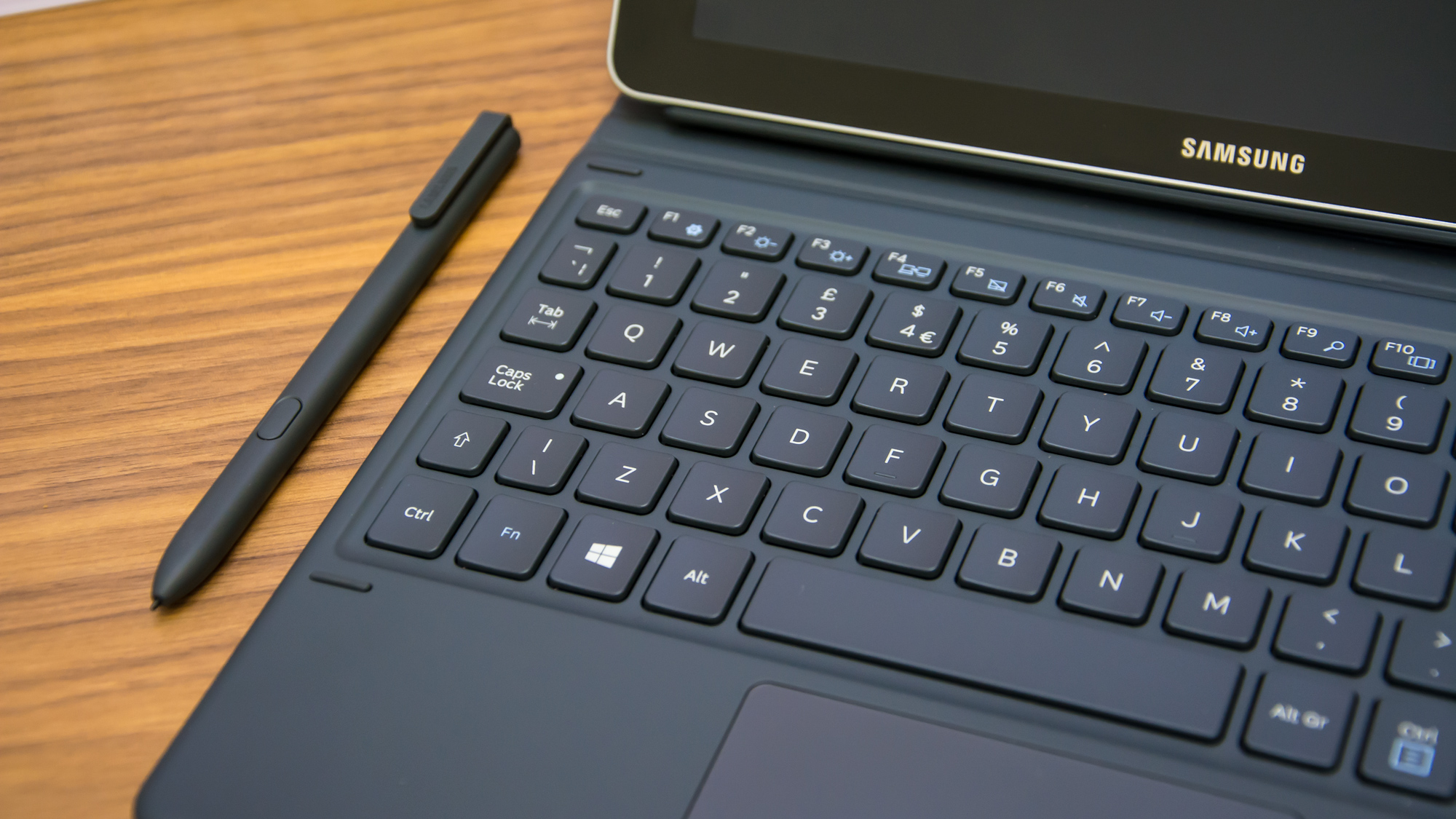
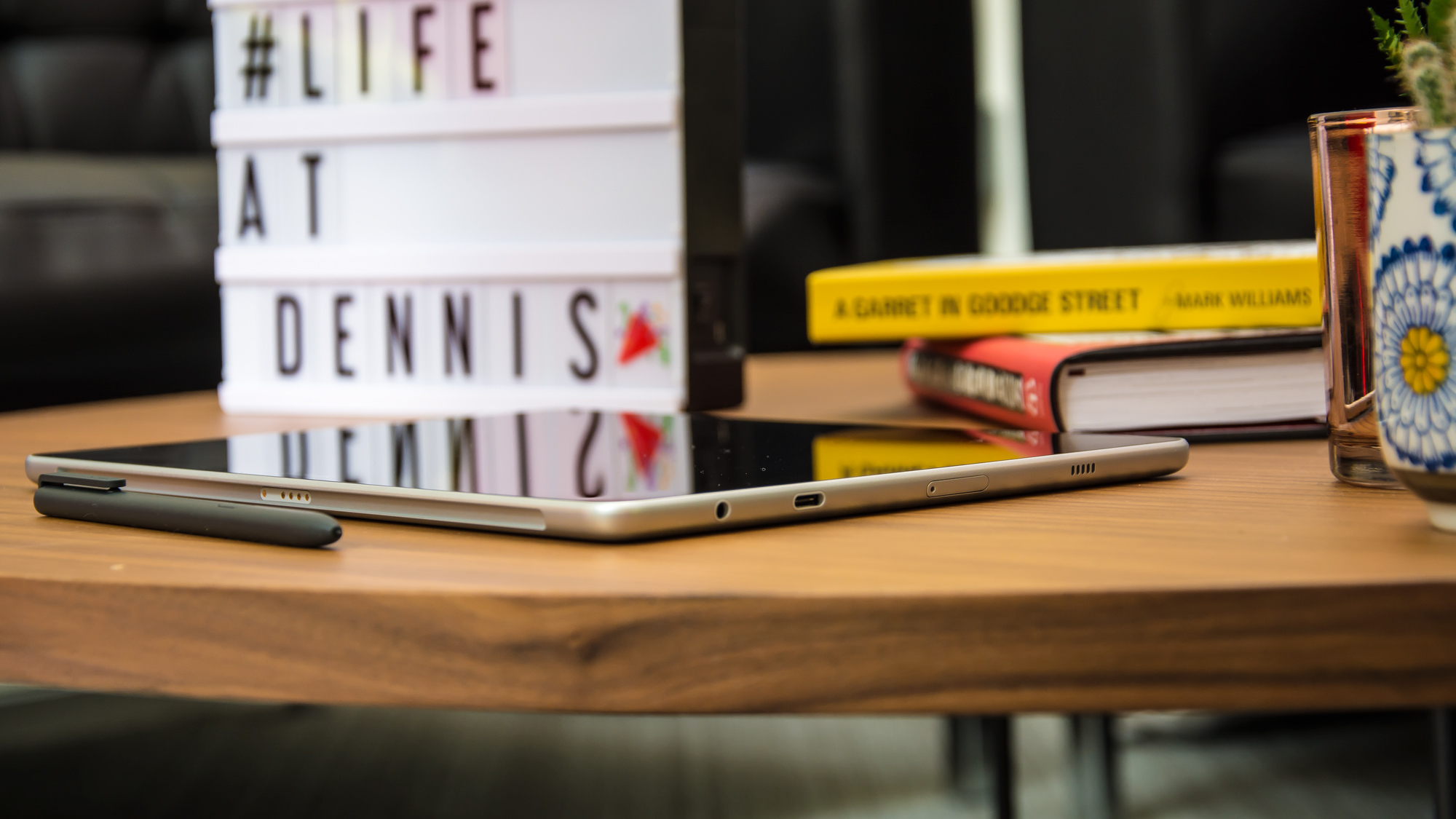
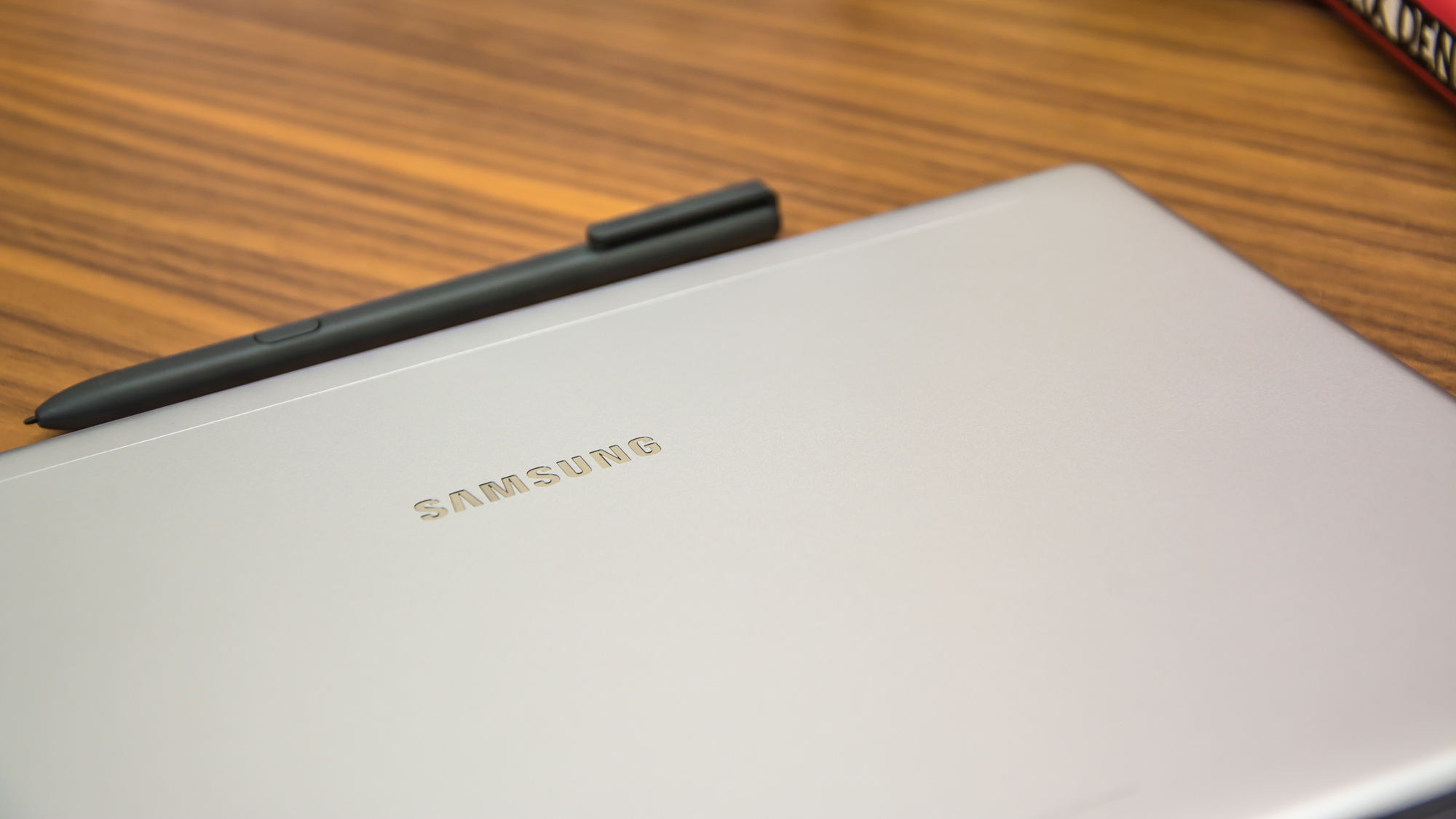
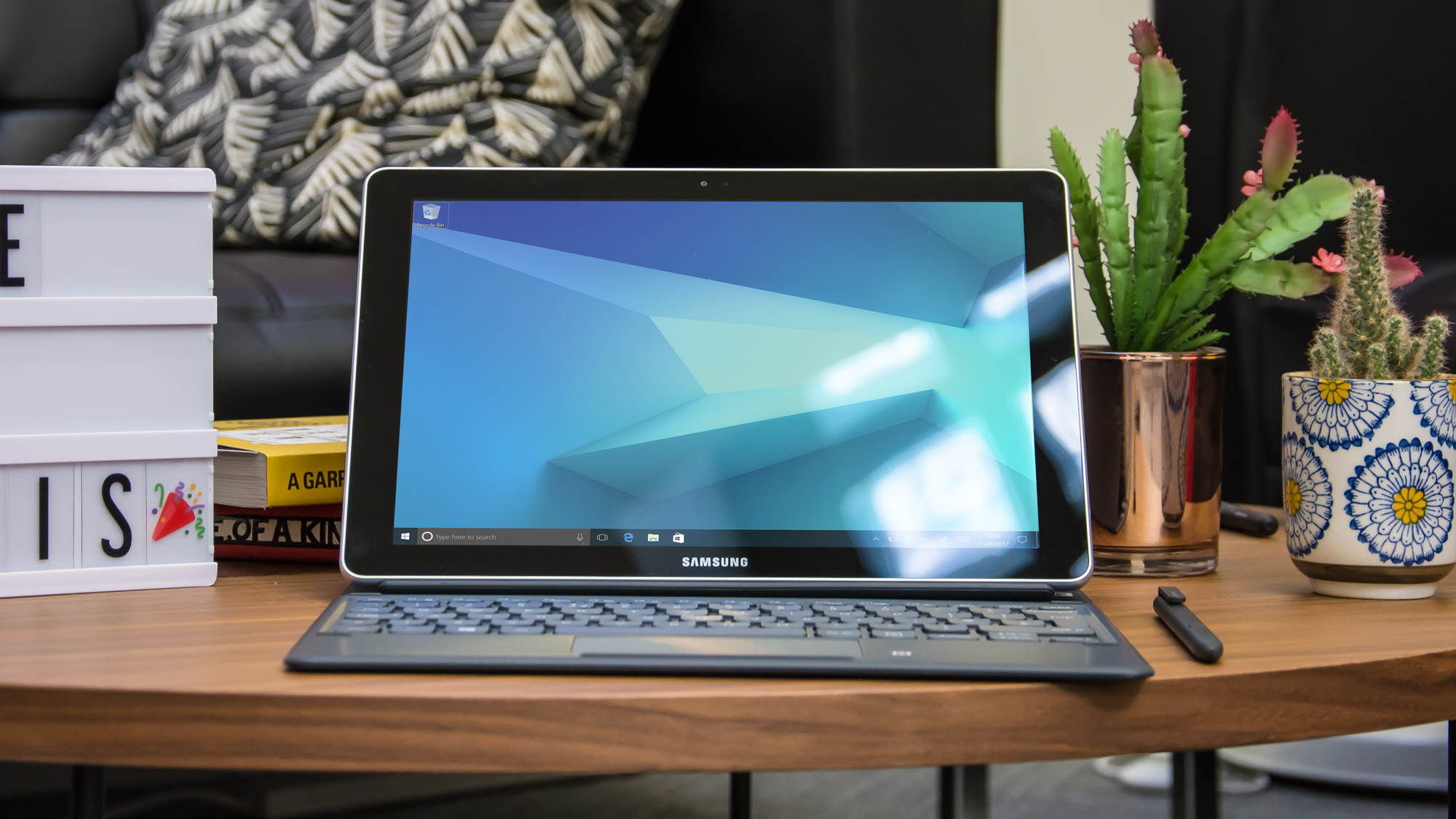
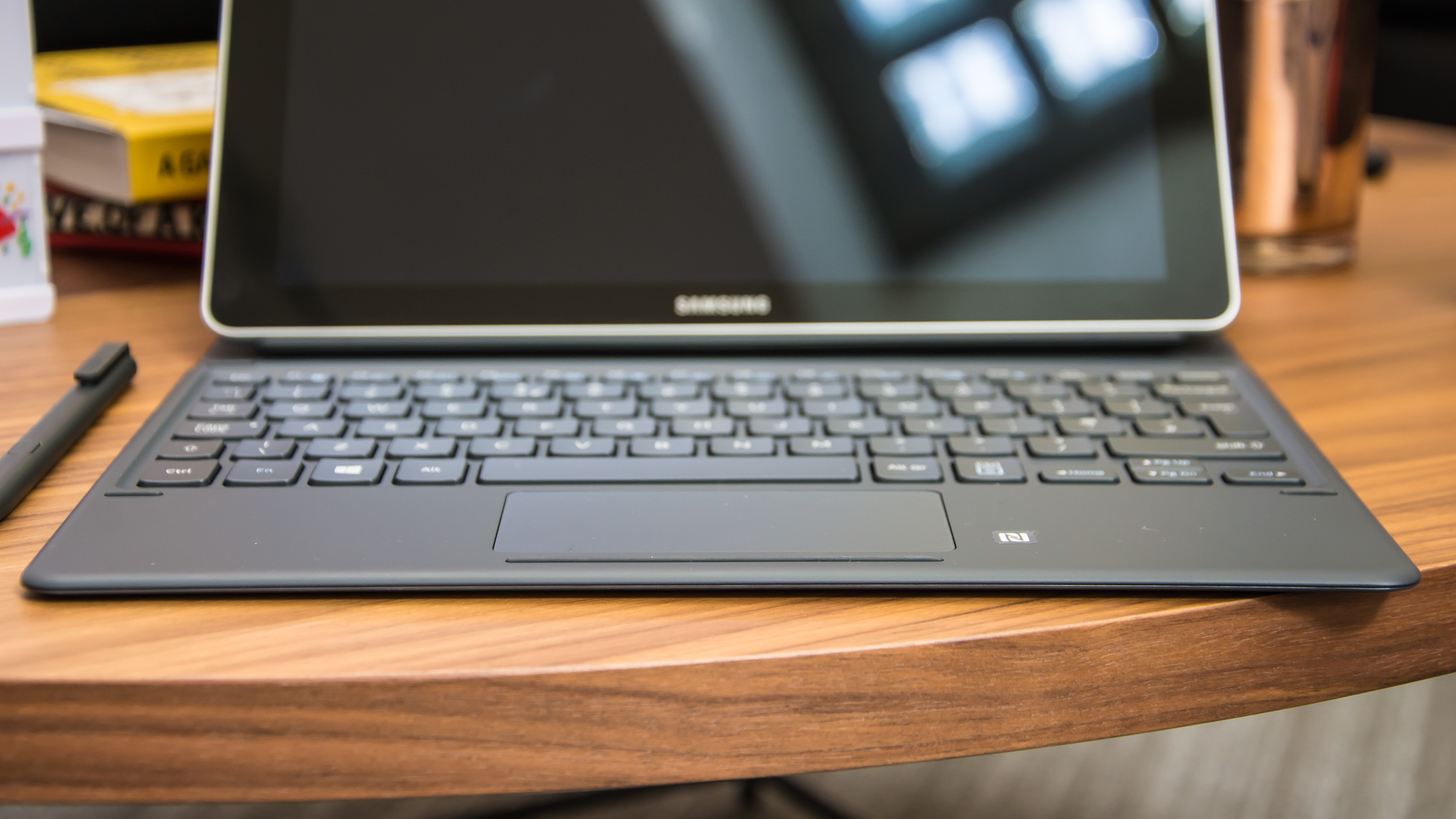
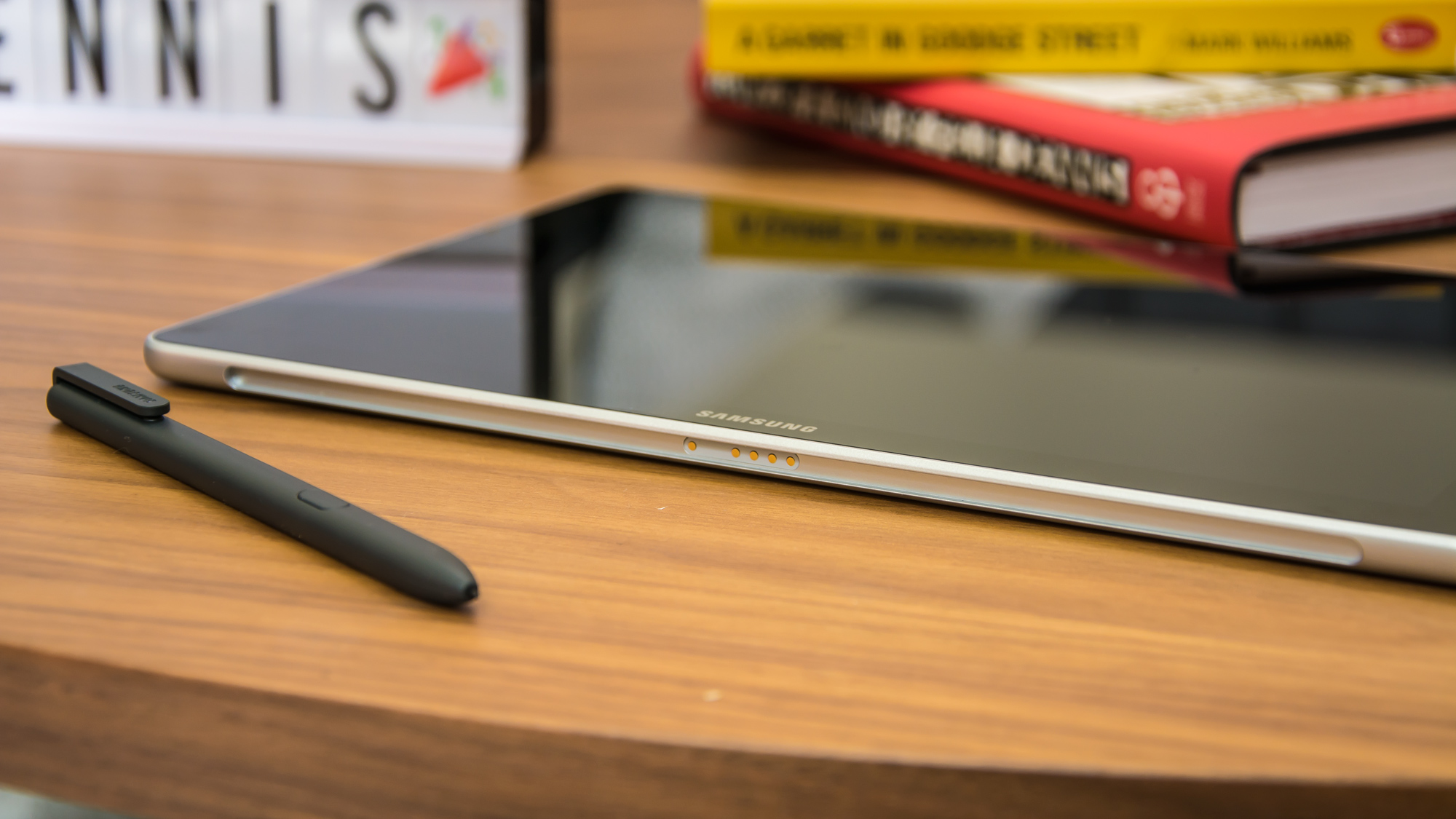
Although Microsoft continues to assert its dominance in the 2-in-1 market, that hasn't stopped potential upstarts from undercutting the leader with value-for-money devices. Samsung's latest Galaxy Book is just that; a spiritual successor to the the Tab Pro S that offers a both a keyboard and stylus for 150 less than the entry-level Surface Pro.
The 10.6in Galaxy Book is looking to attract a buyer that is put off by the 1,000+ prices of premium rivals. It's lightweight, sleek-looking, and features an excellent screen for the price range, and works great with Windows 10. Unfortunately, cost-cutting results in a noticeable drop in quality, particularly with the keyboard, which holds it back from being a genuine Surface Pro alternative.
Design & connectivity

The Galaxy Book follows a very similar design format to Samsung's Galaxy TabPro S, although the extra internal horsepower gives it a chunkier 8.9mm frame. However, the most important thing to know is that the Galaxy Book is framed in plastic, despite attempts to appear like it's built from aluminium.
That's particularly galling for a device that starts at a retail price of 649, and while it feels well built, it doesn't exactly scream 'premium'. It's also a tad heavier than we'd like at 640g, almost 200g more than the new 10.5in iPad Pro, which makes it a little cumbersome to hold in one hand.
Much like the Acer Switch 5, the Galaxy Book comes bundled with a keyboard, which is always great to see at this price range. Yet for a device that's pitching itself as a detachable, its smaller 10.6in screen and curved frame suggest it's very much still a tablet. Think more iPad Pro with a keyboard attached, rather than the true hybrid approach of the Surface Pro.
That tablet-first approach is also evident in its selection of ports, which is woefully limited. You do get a USB-C port and a microSD slot - but that's it. It lacks the extra USB slot found on the Acer Switch 5, or any additional display connectors, such as the mini DisplayPort of the Surface Pro. You'll likely have to pick and choose what device you have connected, or rely on a cumbersome and costly array of dongles.
Keyboard, trackpad & stylus

As a device that aims to double as a business workhorse, keyboard quality is everything - but unfortunately, this is one of the Galaxy Book's weakest attributes.
The keyboard case itself is well built, and offers a soft-touch rubberised coating that feels great on your palms while typing. You can also shape the case for three different viewing angles, making use of some magnetic strips built into the rear of the device, which is a little more generous than typical case-reliant stands.
It even features a stylus loop so you can store your S Pen next to the keyboard. This seems like a less elegant solution than the Surface Pro's magnetised pen holder, but in reality it's far more practical. It's a robust, functional, and easy-to-clean case, so it's a shame that the typing experience is subpar.
Even though the keys have a satisfying feedback and decent travel time to them, they're tiny, in some cases too small to touch-type effectively. The top row of keys, including the function set, are all barely the size of a fingertip, and the caps lock and tab keys are difficult to instinctively locate. What also irritated to no end was the incredibly pressure sensitive space bar, which would produce gaps in text whenever I rested my hands on the keys.
Given the tablet is only 10.6in in size, it's reasonable to expect a fairly cramped keyboard, but still, the reality of a smaller screen means typing will always suffer. It's perfectly usable for day to day browsing and light tasks, but extensive writing sessions are going to be fairly laborious and full of errors.
The trackpad, however, performs admirably given its smaller size. It's coated in the same soft-touch material found on the rest of the board, making it easy to perform gestures, and it worked beautifully with the built-in Windows 10 multi-touch commands.
Although it seems generous of Samsung to include its S Pen in the bundle, it's important to note that this can't quite match the performance of the Surface Pro stylus. It features 2,048 levels of pressure sensitivity, almost half that of the Surface and iPad pens, although it's lighter than previous S Pens and no longer needs a battery to function. The main issue is that it's made from plastic, and while it is easy to use and feels nice and light in the hand, it screams 'budget'.
Get the ITPro daily newsletter
Sign up today and you will receive a free copy of our Future Focus 2025 report - the leading guidance on AI, cybersecurity and other IT challenges as per 700+ senior executives
Dale Walker is a contributor specializing in cybersecurity, data protection, and IT regulations. He was the former managing editor at ITPro, as well as its sibling sites CloudPro and ChannelPro. He spent a number of years reporting for ITPro from numerous domestic and international events, including IBM, Red Hat, Google, and has been a regular reporter for Microsoft's various yearly showcases, including Ignite.
-
 Cleo attack victim list grows as Hertz confirms customer data stolen – and security experts say it won't be the last
Cleo attack victim list grows as Hertz confirms customer data stolen – and security experts say it won't be the lastNews Hertz has confirmed it suffered a data breach as a result of the Cleo zero-day vulnerability in late 2024, with the car rental giant warning that customer data was stolen.
By Ross Kelly Published
-
 Women show more team spirit when it comes to cybersecurity, yet they're still missing out on opportunities
Women show more team spirit when it comes to cybersecurity, yet they're still missing out on opportunitiesNews While they're more likely to believe that responsibility should be shared, women are less likely to get the necessary training
By Emma Woollacott Published
-
 OpenAI wants developers using its new GPT-4.1 models – but how do they compare to Claude and Gemini on coding tasks?
OpenAI wants developers using its new GPT-4.1 models – but how do they compare to Claude and Gemini on coding tasks?News OpenAI says its GPT-4.1 model family offers sizable improvements for coding, but tests show competitors still outperform it in key areas.
By Ross Kelly Published